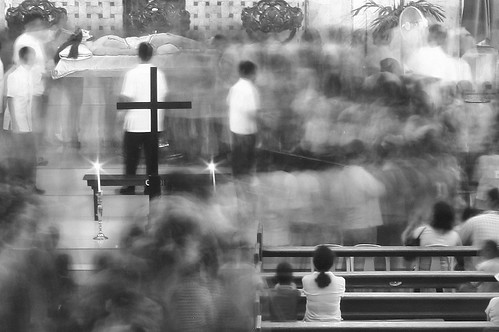an Iloilo Visita Iglesia
a Lenten Special
Lent calls for atonement and spiritual reparation. It is an occasion for one’s inspection of life and its vagaries. During this forty day period called cuaresma vast numbers of Catholic Filipinos practice numerous traditions that are considered acts of penance. One such popular custom is the Visita Iglesia.
Visita Iglesia, or literally church pilgrimage, is the practice of going to seven different churches. Often but not exclusively performed during Maundy Thursday, the faithful follow penitential rites and recite the Stations of the Cross in each church.
Last year, in a trip to Iloilo, I went around the heritage churches of the province and I was able to finish an entire loop of seven churches outside the big city. In time for the season of introspection, let me embark on a photographic journey of these magnificent monuments of faith. This is my Iloilo Visita Iglesia
the Church of Sta Monica, municipality of Pavia
Romaneque in its solidity and Byzantine in ornamentation, this church is the only church in Iloilo made of redstone as opposed to furnace-fired bricks. The façade is dominated by three archway portals, simple vertically slit windows at the side and by the pediment and rose windows.

Canon EOS 350D, 1/1250s, f/5.0, 21mm, ISO 100, +1/3EV
the Church of San Nicolas de Tolentino, municipality of Cabatuan
Constructed in the mid-1800s, the church is the largest red brick structure in the Visayas. The central façade is plastered in white and is contrasted by the bare red bricks at each side. Influences of Tuscanic, Baroque and Neoclassic design pervade throughout the architecture.
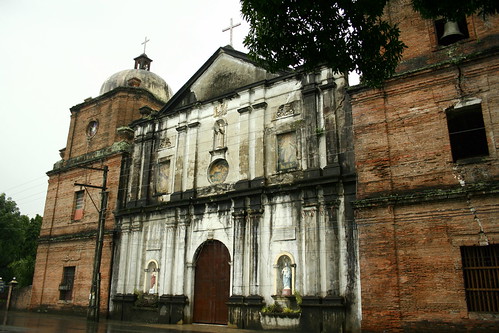
Canon EOS 350D, 1/400s, f/3.5, 18mm, ISO 200
the Church of Sta Barbara, municipality of Santa Barbara
This stone church made its mark as the headquarters of revolutionaries during the Filipino-Spanish war in the Visayas in the late 1900s. The Baroque Renaissance gem has a convent which is striking for its use of pierced-and-cut hardwood ornamentation and geometric Moorish patterns.
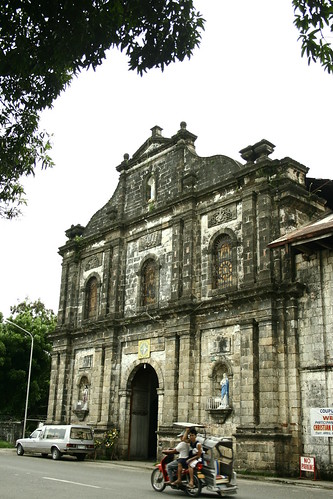
Canon EOS 350D, 1/200s, f/3.5, 24mm, ISO 200, +1/3EV
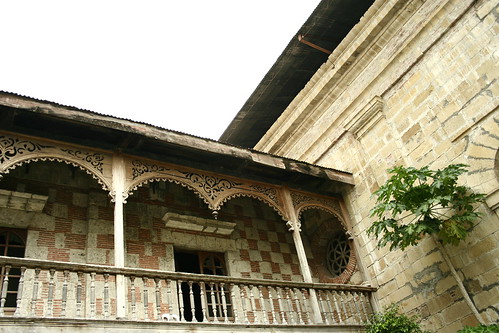
Canon EOS 350D, 1/125s, f/3.5, 21mm, ISO 200, +1/3EV
the Church of San Juan Sahagun, municipality of Tigbauan
Outside the church retains its Old World exterior- cut coral stones, a giant triangular pediment, a three-story campanario, arched windows and doors, a pyramidal roof, and intricate carved lace-reliefs around the central door. Inside though, modernity pervades- steel trusses, Byzantine-like folk mosaic and marbled floors. The late renovation has its share of critics and followers, with little in between.
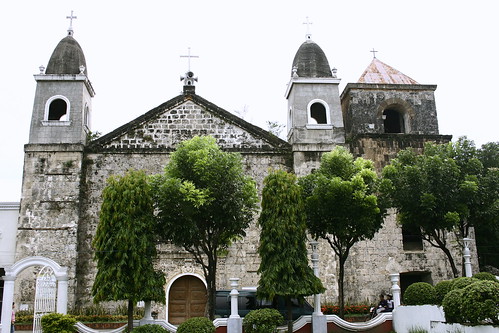
Canon EOS 350D, 1/250s, f/5.6, 22mm, ISO 200, +1/3EV
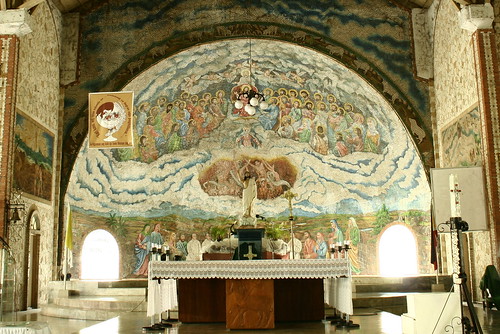
Canon EOS 350D, 2.50s, f/8.0, 18mm, ISO 100, +1/3EV
the Church of San Nicholas of Tolentino, municipality of Guimbal
Its yellow igang stone makes this late 18th century church a standout. Elegant, delicate and uncharacteristically light looking, this showcases elements of Greek, Oriental and Moorish design.
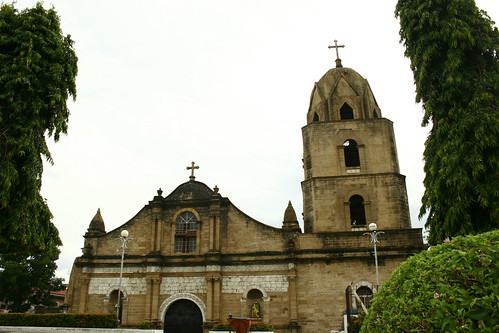 Canon EOS 350D, 1/200s, f/6.3, 18mm, ISO 100, +2.0EV
Canon EOS 350D, 1/200s, f/6.3, 18mm, ISO 100, +2.0EV
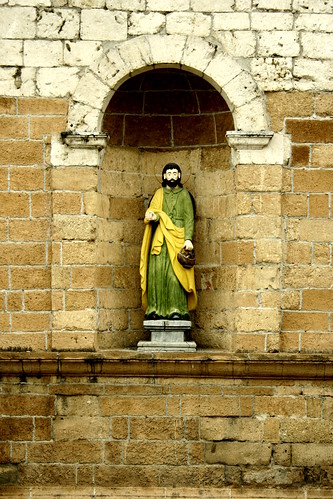
Canon EOS 350D, 1/100s, f/5.6, 55mm, ISO 100, +1/3EV
the Church of San Joaquin, municipality of San Joaquin
The gigantic pediment is its crowning glory- deeply carved, animatedly ornate, with an expressively militaristic storyline to boot (the triumph of the Spanish army against the Moroccan in Tetuan). Made of limestone and white coral stone, it is one of the select 26 churches declared by the National Commission for Culture and the Arts as a national treasure.
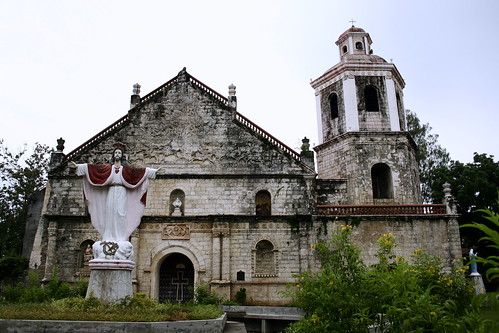
Canon EOS 350D, 1/1600s, f/5.6, 18mm, ISO 100, +1/3EV
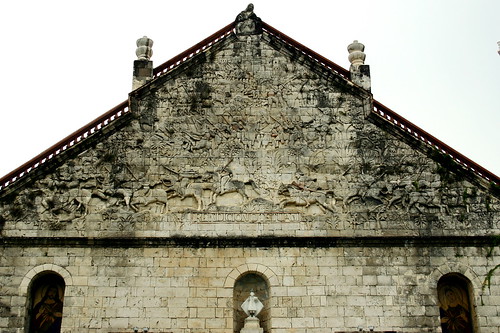
Canon EOS 350D, 1/200s, f/5.6, 27mm, ISO 100
the Church of Santo Tomas de Villanueva, municipality of Miag-ao
The best for last. There is only one UNESCO World Heritage Site in the Visayas and it is in Miag-ao. As one of four Spanish-era churches officially inscribed the international honor, the church is a masterpiece of Earthquake Baroque, with solid buttresses, 3-feet walls and massive belltowers. Its most famous features is the high relief carving on the pediment. With motifs like the coconuts, guava, papaya, vines and tendrils, it is a dramatic articulation of tropical art.
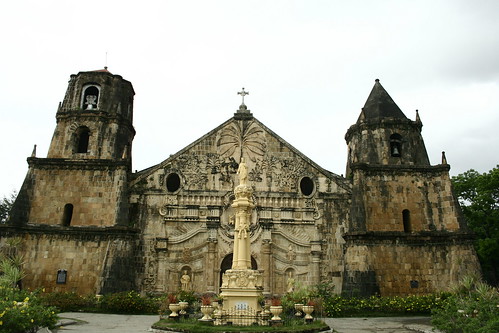
Canon EOS 350D, 1/100s, f/5.6, 18mm, ISO 400, +2/3EV






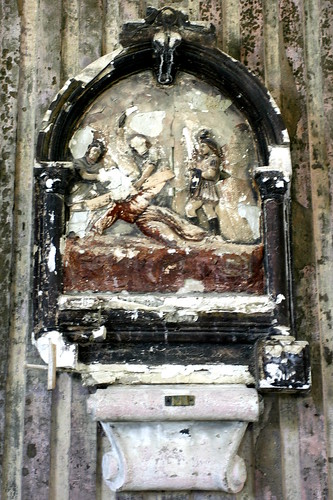
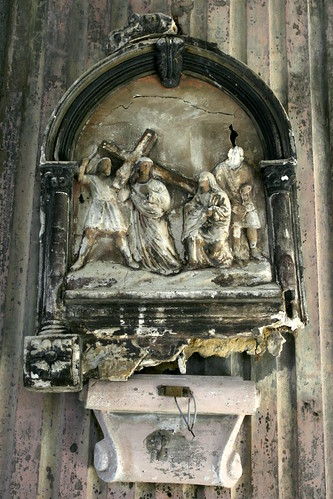
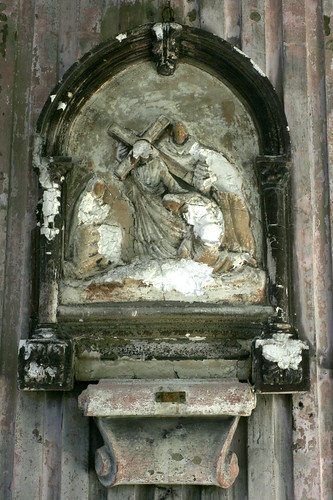
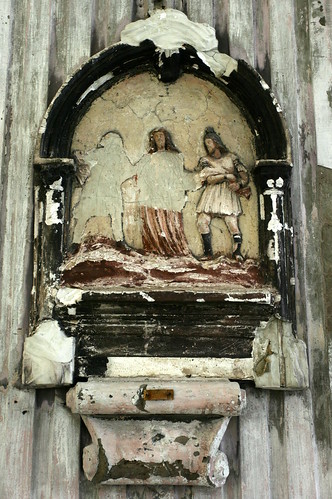
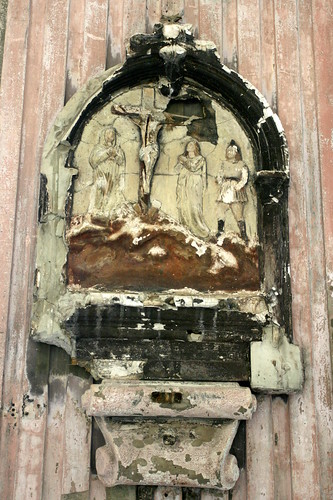
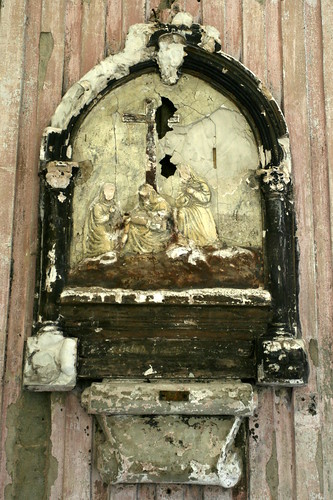
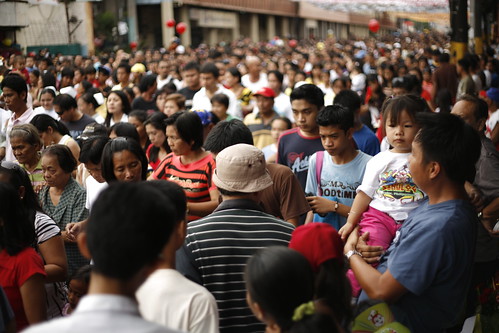
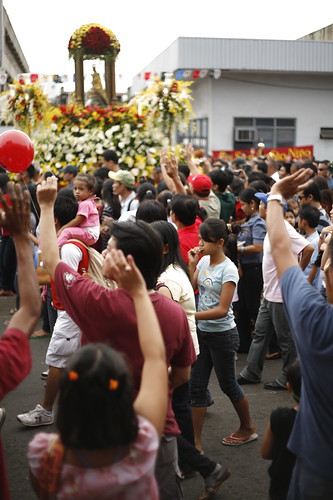



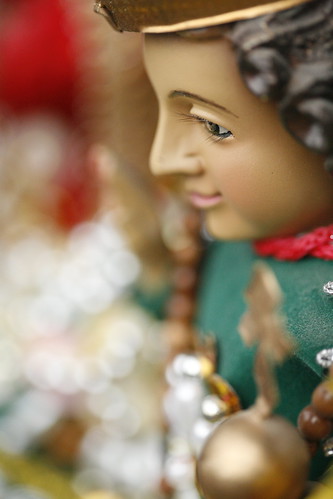
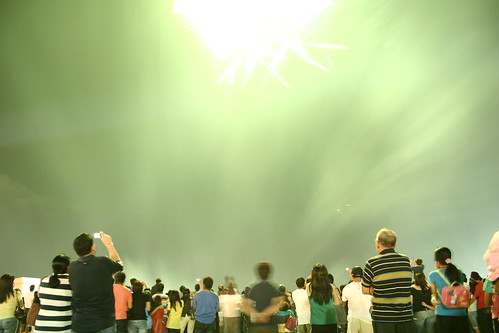
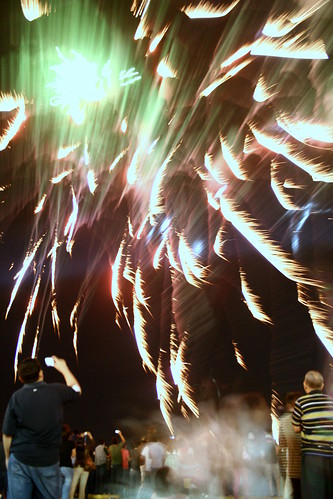

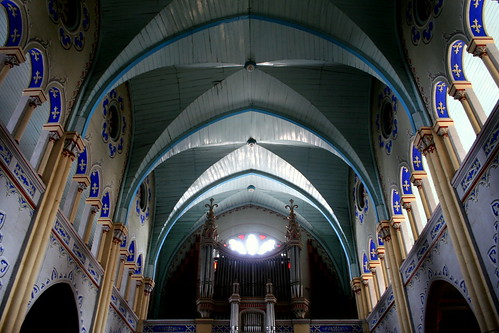




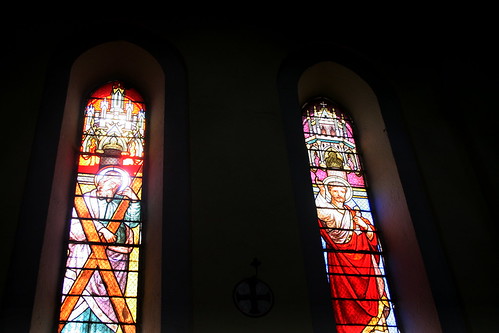

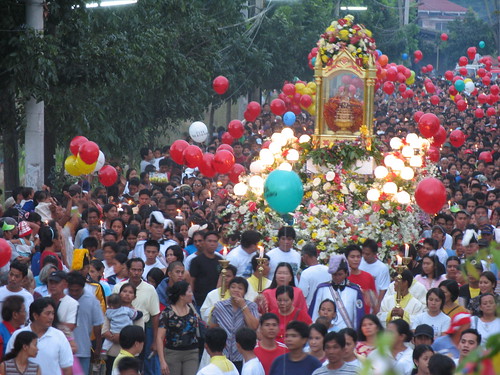
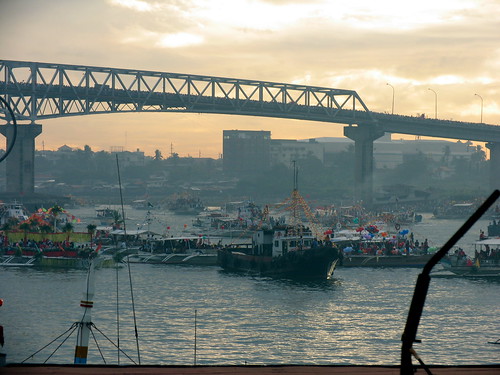
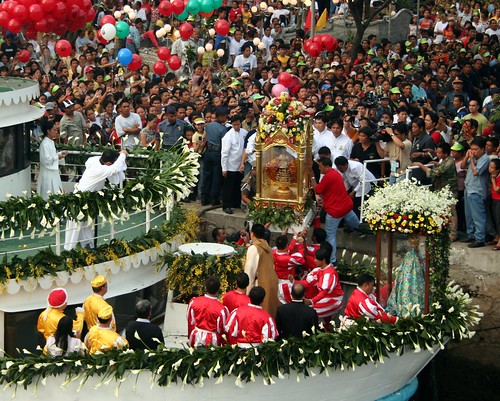
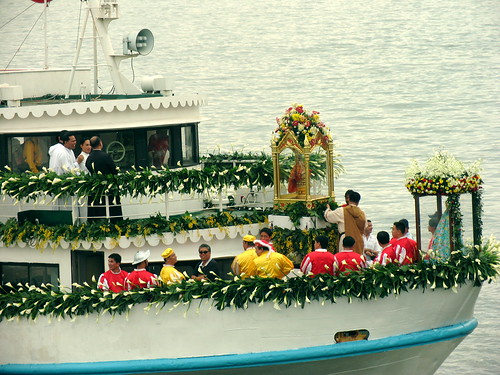
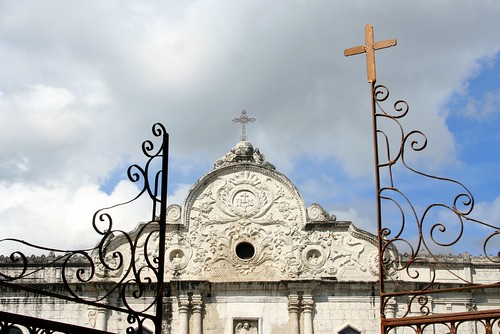
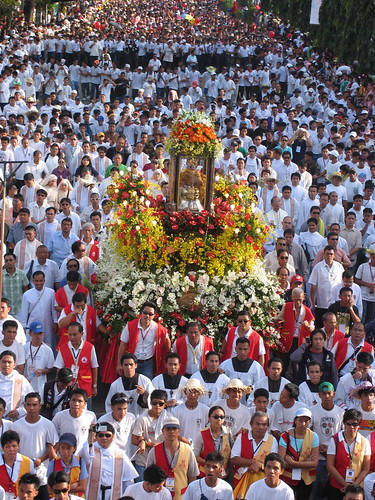
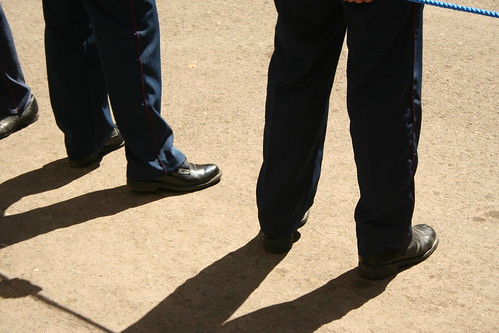
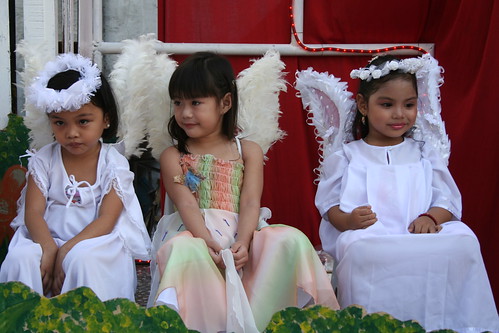

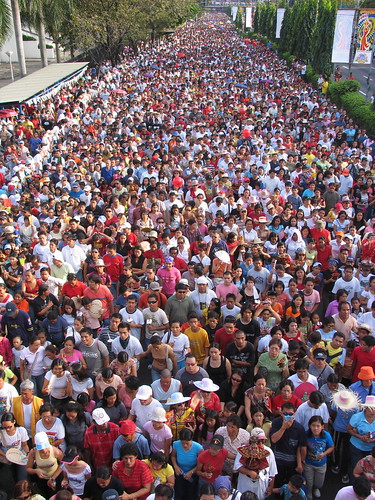

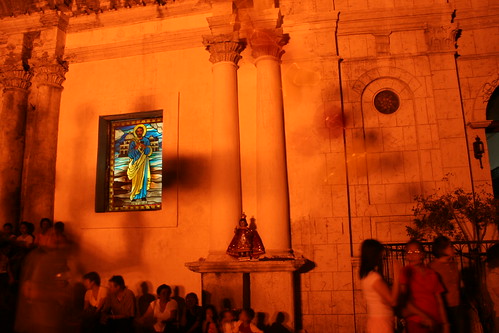
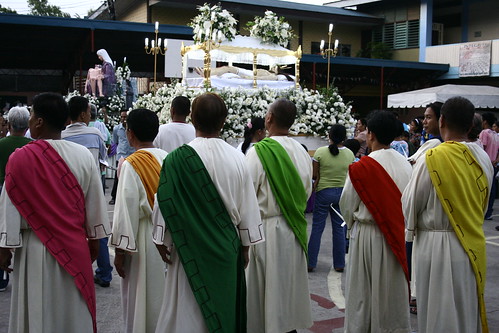
![Crucifixion [2]](http://farm3.static.flickr.com/2091/2362930763_d8808ccbd5.jpg)
![Crucifixion [3]](http://farm3.static.flickr.com/2324/2362932017_52f02aaf02.jpg)



![Haya [2]](http://farm3.static.flickr.com/2355/2363780170_e0313006ac.jpg)
![veneracion [2]](http://farm4.static.flickr.com/3111/2363781186_ab62dd6d74.jpg)
